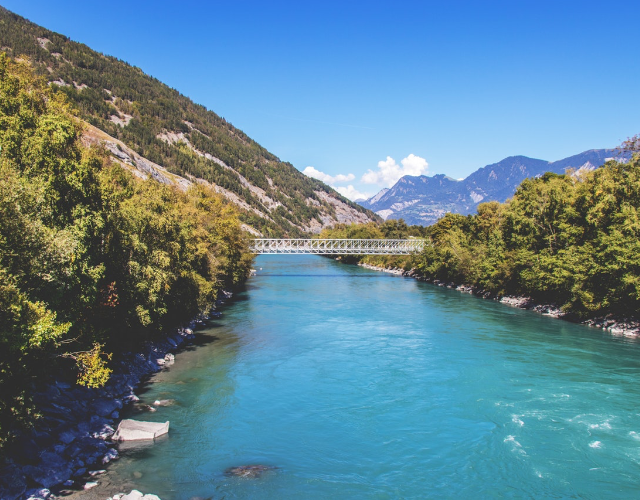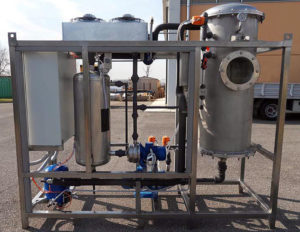
Waste water treatment
The vacuum evaporation : zero discharge


The vacuum evaporation is a system designed for the treatment of aqueous effluents from various industrial processes. The principle is the concentration of solids in the effluent by VACUUM EVAPORATION, it allows a significant reduction in the volume of effluent used to remove and recycle of treated water “zero discharge” loop.
NTS selling in France evaporators for wastewater IST
The advantages of vacuum evaporation
The vacuum evaporation is a very economical solution because it uses no reagents and other consumables. This solution has many other advantages:
- low energy consumption
- high quality of the distillate that can be recycled or used as discharge water
- obtain highly concentrated substances
- work automatically without supervision
- easy maintenance
- integration with already existing systems
- complementary with other process
- allow the development of ZLD
- corrosion-resistant
- low temperature evaporation
Examples of industries that can use the vacuum evaporation
The vacuum evaporation is used to concentrate waste water in the following industries:
- ELECTROPLATING: eluted fluids of resins plants, fluids from chrome, nickel
and copper washing - MECHANICAL: oily emulsions, washing fluids
- DIE-CASTING: glycol fluids, lubricants and cooling fluids
- PAINTING WASTE WATER: fluids from washing of painted components
- GARBAGE FLUIDS
- FLUIDS FROM BIOGAS PLANTS
- REVERSE OSMOSIS (salines)
- ZLD: total recycle of waste water
Solution to reduce the COD effluent
- Bring to a boilthe effluentat low temperature (30 ° C)under vacuum.
- The vaporswill naturallycool onacold heat exchangerwhichcondensesintodistilled water.
- The energy requiredto raise the temperatureof the effluent andcondensing the vaporscoming from theheat pump
- Theevaporationcontrol isguaranteedbya PLC.
